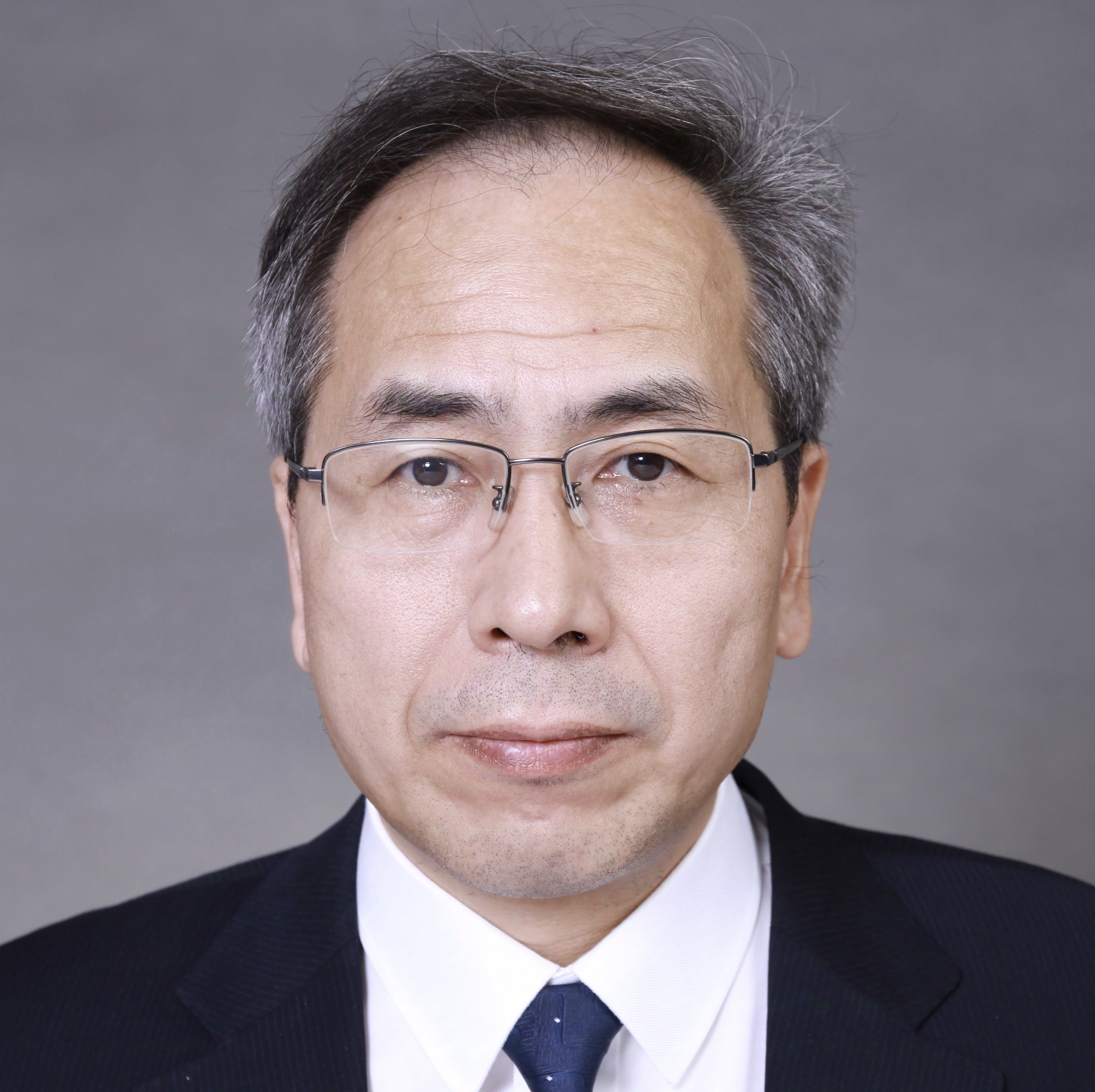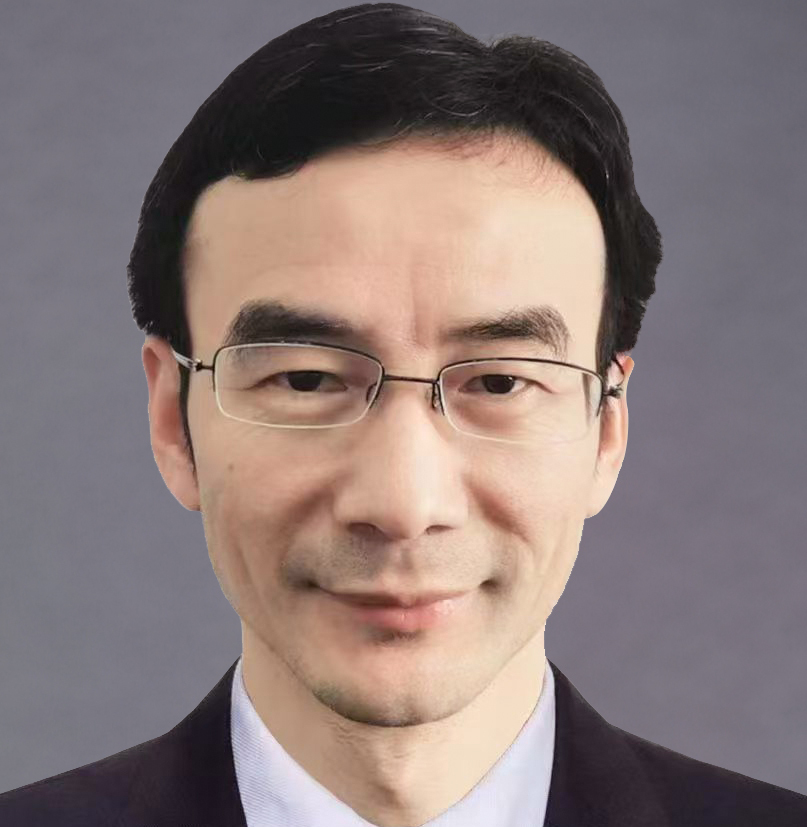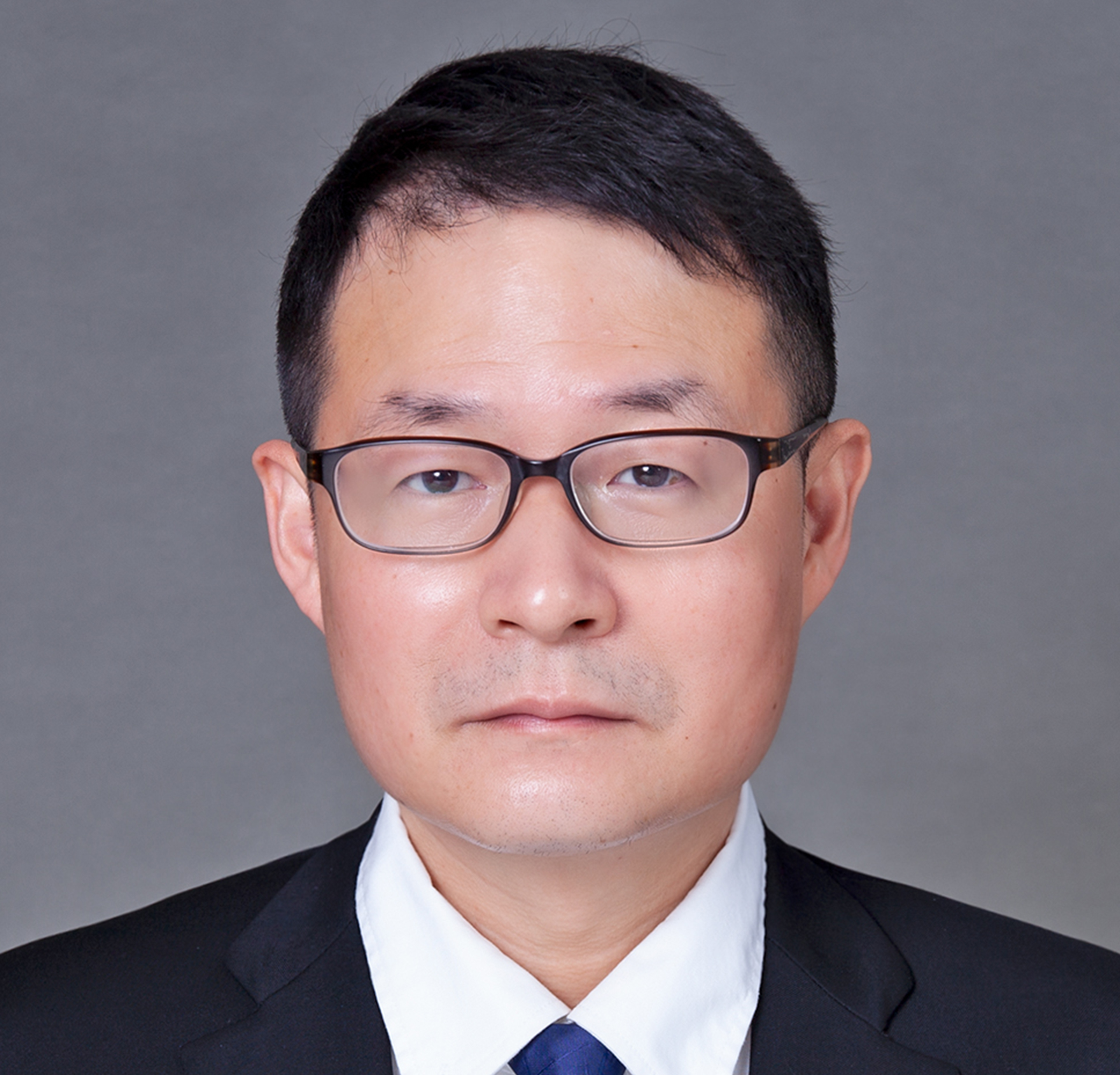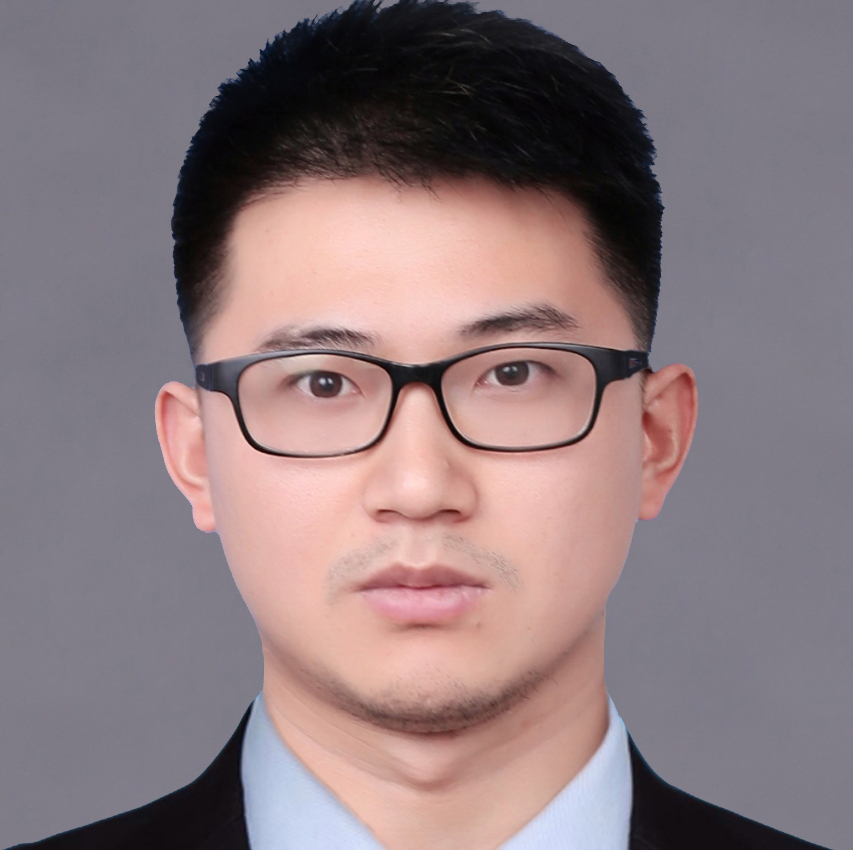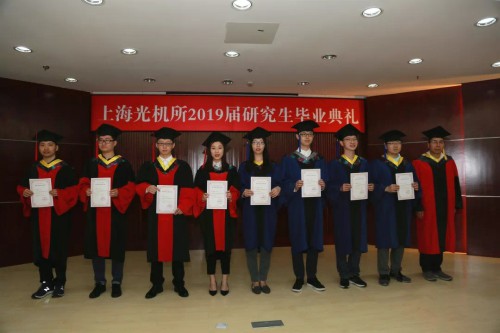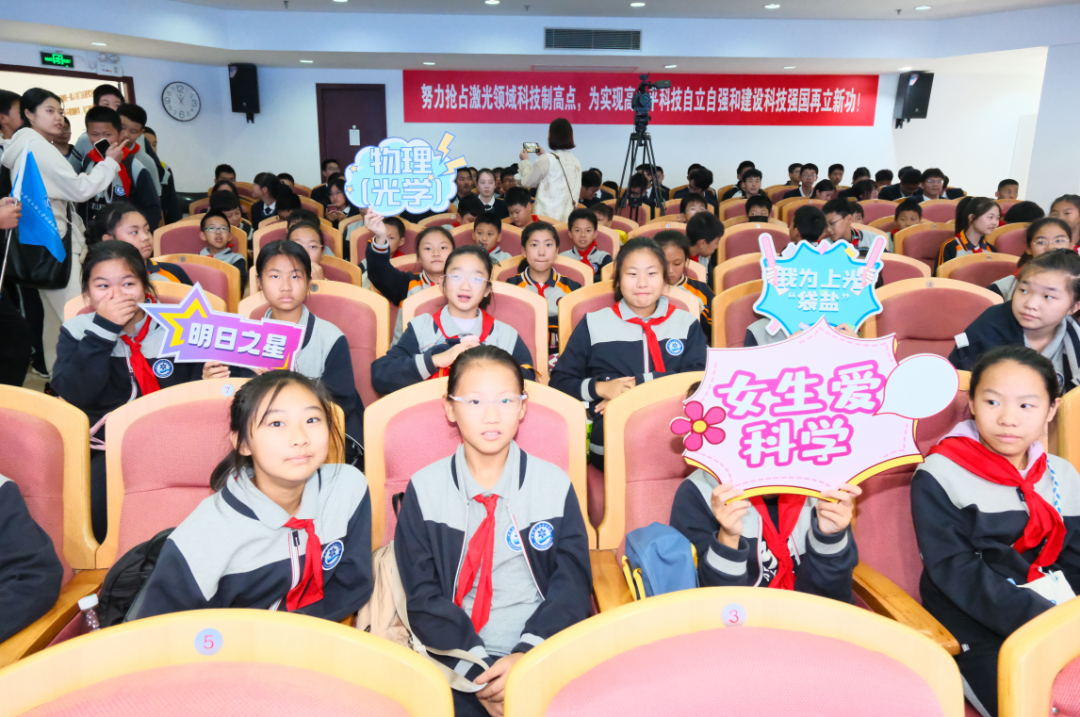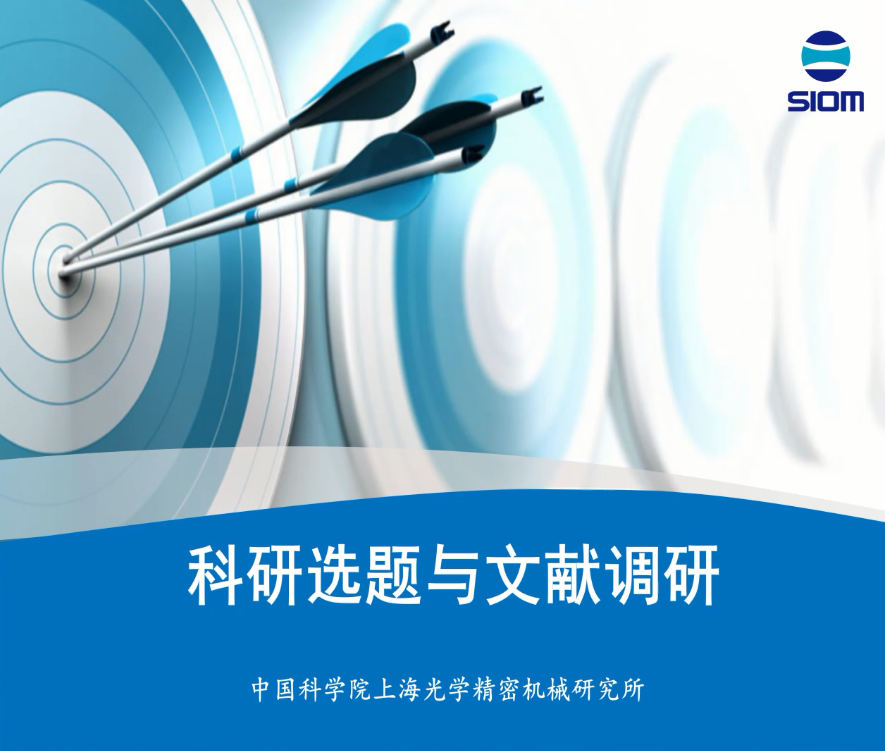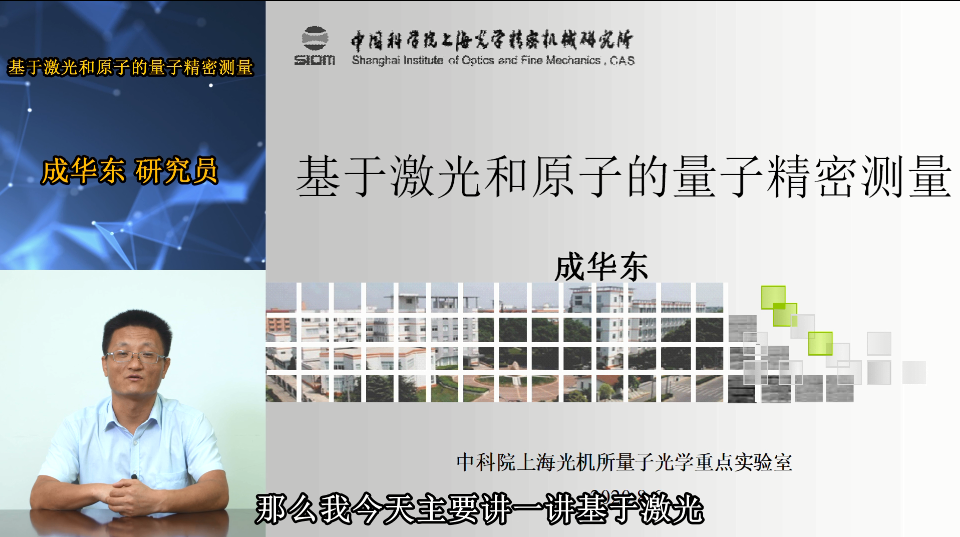题目:Noise in Distributed Raman Amplification
姓名:Phillipe Gallion
单位:Ecole Nationale Supérieure des Télécommunications
题目:The presentation on the SBS RIN transfer and orthogonal transform using MMI couplers
姓名:Junhe Zhou
单位:Tongji University
时间:2012年6月18日(周一)下午1:30
地点:1号楼108会议室(原第五会议室)
Resume
Philippe Gallion (SM’83) received the Doctorat de Troisième Cycle degree from the University of Rheims, Rheims, France, in 1975 and the Doctorat d’Etat degree from the University of Montpellier, Montpellier, France, in 1986. In 1978, he was enrolled at the Ecole Nationale Supérieure des Télécommunications (ENST), also called TELECOM ParisTech, Paris, France, where he is currently a Full Professor.
He is engaged in research at the Laboratoire de Traitement et Communication de l’Information, LTCI, joint research laboratories between ENST and the Centre National de la Recherche Scientifique (CNRS), where he is in charge of research activities in the fields of communications, electronics, radiofrequencies and optoelectronics. He has made pioneering contributions on laser noise, injection locking, semiconductor laser modulation chirp and tuning, coherent systems and optical devices, digital optical communications systems and networks. His current research interests include theory, design, modeling, and characterization of functional devices, advanced optical digital communication systems and networks, radio over fiber systems and quantum cryptography systems. He has authored or coauthored more than 200 technical papers and communications and he has served as an advisor for more than 40 Ph.D. degree theses.
Dr. Gallion is a Member of the Optical Society of America. He is the Chairman of the IEEE Laser and Electro Optics Society (LEOS) French Chapter. He serves on the Editorial Board and Scientific Committee of several technical publications and as member of program or steering committee of international scientific meetings.
Junhe Zhou received B.S. and Ph. D Degree in Electronics Engineering from Shanghai Jiaotong University in 2002 and 2008 respectively.
From 2006 to 2007, he worked as a joint-educated Ph. D student in Ecole Nationale Supérieure des Télécommunications (ENST). Currently he is with the Department of Electronics Science and Engineering, Tongji University. His main research interests are optical communication systems analysis and optical signal processing.
Philippe Gallion’s Abstract
Because their optical gain per unit of length is small, most of the optical amplifiers work as Traveling Wave Amplifier (TWA) over a propagation length significantly large as compared to the optical wavelength.
We will start with a heuristic approach of the quantum noise major properties, making links with quantum electrodynamics. The fundamental noise limits for any distributed optical amplification will be discussed in term of noise figure and will point out the great interest of gain distribution.
Distributed Raman Fiber Amplifiers (DRFA) based on the Stimulated Raman Scattering (SRS) are well-known to offer the advantages to provide a flat gain and a wideband amplification in conventional low-loss silica fibers itself, at any wavelength for which a pump, with frequency higher than that of signal by the Stokes shift, is available. They also allow a distributed amplification over length of several tens of km, which is significantly larger than the distribution length of Erbium Doped Fiber Amplifiers (EDFA), just acting as nearly lump amplifiers when they are used in long span transmission. Therefore DRFA allows smaller magnitude excursion of the signal level and therefore low non-linearity impairments and lower noise than EDFA amplifiers.
We will briefly recall the basics of Raman amplification. As stimulated Raman scattering is nearly independent of the pump and signal propagation direction, fiber Raman amplifiers can work both for the counter propagating and co propagating pump with respect to the signal. The interest of these 2 configurations having different and contradictory interests with respect to intrinsic noise generation and to pump noise transfer will be discussed.
The Rayleigh scattering in the optical media is due to the random fluctuations of the refractive index on a scale much smaller than the optical wavelengths. In addition to causing the optical loss in SMF, Rayleigh scattering also reflects a fraction of the incident mode into the contra-propagating one, resulting in the phenomenon of Double Rayleigh Backscattering (DBR). We will discuss the influence of DBR in terms of system penalty by taking into account its polarization degree with respect to that of the output signal.
We will finally point out that the pump State of Polarization (SOP) temporal fluctuations in the presence of PMD influence the amplified signal noise. The impact of temporal fluctuations of the pump state on the relative intensity noise (RIN) of the amplified signal will be discussed.
Junhe’ Abstract
SBS has been one of the important approaches to realize ultra-low linewidth lasers. By the cascaded SBS effect, several KHz linewidth lasers can be realized. During the SBS process, pump to Stokes RIN transfer has been one of the most important factors that limit the performance. In this presentation, an analytical model which deals with the RIN transfer in SBS is introduced and verified by the experiment.
Orthogonal transforms such as discrete Fourier transform DFT, DCT, DST, and Hadamard transforms are very useful in telecommunication systems. They can be used as tools for signal processing, filtering, and coding. In this presentation, we propose to realize all optical DST, DCT, DFT and Hadmard transform using MMI couplers with very compact architectures.
欢迎大家参加!
所办公室
2012年6月14号



